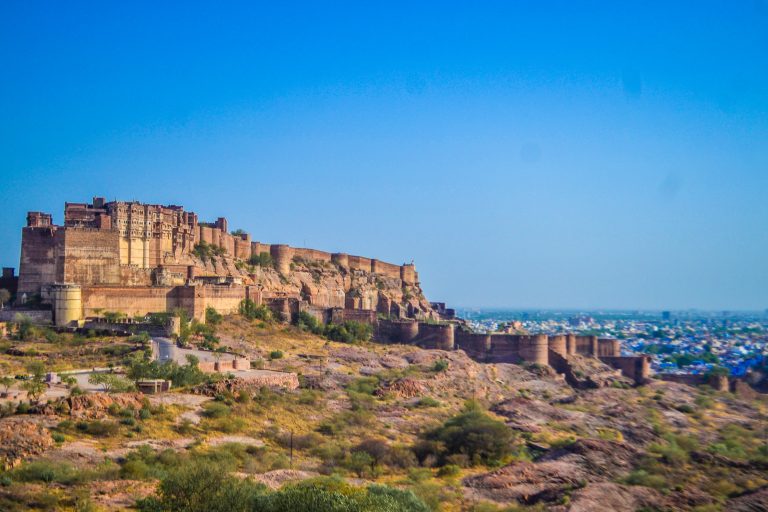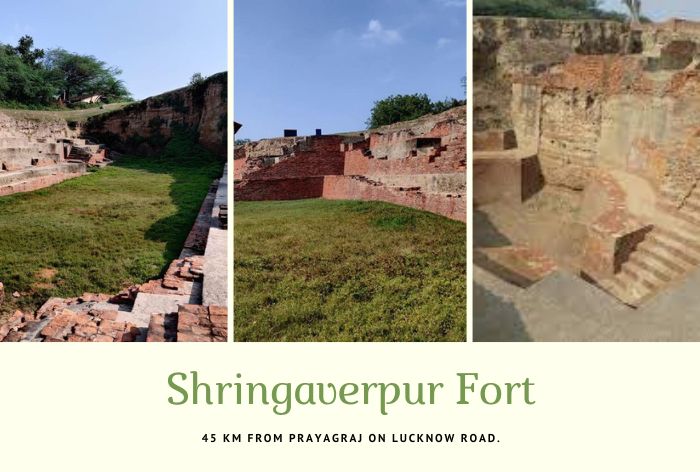Amritsar Golden Temple
Amritsar Golden Temple
The Golden Temple, also known as Shri Harmandir Sahib, is a sacred Sikh temple located in the city of Amritsar, Punjab, India. It is considered the holiest gurdwara and the most important pilgrimage site of Sikhism. The temple is built around a man-made pool that is said to have healing powers and is surrounded by a marble pathway. The temple is adorned with intricate artwork and gold leaf, giving it its name “Golden Temple.” The temple is also home to the Shri Guru Granth Sahib, the holy scripture of Sikhism, which is displayed in the temple’s main hall and is considered a living guru. The temple is open to people of all religions and is a symbol of tolerance and equality. It is also known for its langar, a free community kitchen that serves meals to anyone who is hungry, regardless of their religion or background. The Golden Temple is not just a religious site but also a symbol of the rich cultural heritage of India.
History of Amritsar Golden Temple
The history of the Golden Temple in Amritsar, Punjab, India, can be traced back to the 16th century.
- In 1574, the fourth Sikh Guru, Guru Ram Das, began construction of a tank (or pool) at the site, which he called Amritsar, meaning “Pool of the Nectar of Immortality.”
- In 1588, Guru Arjan, the fifth Sikh Guru, completed the construction of the tank and built a small temple at the site.
- In 1604, Guru Arjan invited Muslim Sufi saint, Mian Mir, to lay the foundation stone of the temple’s central dome, symbolizing the harmony between the two religions.
- In 1634, the temple was destroyed by the Mughal emperor, Shah Jahan, and was rebuilt by Guru Har Rai, the seventh Sikh Guru.
- In 1764, the temple was once again destroyed by the Afghan invader, Ahmad Shah Durrani, and was rebuilt by Jassa Singh Ahluwalia, a Sikh leader, and his followers.
- In 1809, Maharaja Ranjit Singh, the ruler of the Punjab region, covered the upper floors of the temple with gold leaf, giving it the name “Golden Temple.”
- In 1984, the Indian army conducted a controversial operation, codenamed Operation Blue Star, to remove militants who had taken refuge in the temple, resulting in the damage and loss of life.
- After the operation, the temple was rebuilt and renovated, and it remains a major pilgrimage site for Sikhs from all over the world, as well as a symbol of the rich cultural heritage and tolerance of India.
The temple is considered the holiest Gurdwara and the most important pilgrimage site of Sikhism. It is a symbol of the rich cultural heritage of India, tolerance and equality. The temple continues to be an important site for Sikhs and a major tourist attraction for people of all religions and backgrounds.
How much gold golden temple
The Golden Temple, also known as Shri Harmandir Sahib, is adorned with intricate gold leaf work, giving it its name “Golden Temple.” The amount of gold used in the temple’s decoration is not publicly disclosed, but it is known to be significant. The upper floors of the temple, including the dome and the upper walls, were covered in gold by Shri Maharaja Ranjit Singh in 1809, and it is said that he donated around 20 kg of gold for this purpose.
However, it is worth noting that the value of gold on the temple is not only limited to its material worth. The temple holds a great spiritual and cultural significance for Sikhs and for people of all religions and backgrounds. It is considered the holiest gurdwara and the most important pilgrimage site of Sikhism and a symbol of the rich cultural heritage of India, tolerance and equality. The temple serves as a reminder of the power of community and selfless service, as it is also known for its Langar, a free community kitchen that serves meals to anyone who is hungry, regardless of their religion or background.
How golden temple was built
The Golden Temple, also known as Shri Harmandir Sahib, is a sacred Sikh temple located in the city of Amritsar, Punjab, India. It is considered the holiest gurdwara and the most important pilgrimage site of Sikhism. The temple was built over a period of several decades, with contributions from various Sikh leaders and rulers.
- In 1574, the fourth Sikh Guru, Guru Ram Das, began construction of a tank (or pool) at the site, which he called Amritsar, meaning “Pool of the Nectar of Immortality.”
- In 1588, Guru Arjan, the fifth Sikh Guru, completed the construction of the tank and built a small temple at the site.
- In 1604, Guru Arjan invited Muslim Sufi saint, Mian Mir, to lay the foundation stone of the temple’s central dome, symbolizing the harmony between the two religions.
- The temple’s design is a blend of Hindu and Muslim architectural styles, with a white marble lower floor and a golden upper floor. The temple’s central dome is made of copper and is gilded with gold.
- The temple’s walls are decorated with intricate marble inlay work and are inscribed with hymns from the Shri Guru Granth Sahib, the holy scripture of Sikhism.
- The temple’s main hall is called the Darbar Sahib and it houses the Guru Granth Sahib, which is considered a living guru by Sikhs.
- The temple is surrounded by a marble pathway, which leads to the temple’s main entrance, called the Shri Harmandir Sahib.
- The temple was built and rebuilt by various Sikh leaders and rulers throughout history, but it was Shri Maharaja Ranjit Singh, the ruler of the Punjab region, who covered the upper floors of the temple with gold leaf in 1809, giving it the name “Golden Temple.”
- The Golden Temple is a symbol of the rich cultural heritage of India, tolerance and equality. Today it continues to be an important site for Sikhs and a major tourist attraction for people of all religions and backgrounds.
Hotels in Amritsar near Golden Temple
There are several hotels located near the Golden Temple in Amritsar, Punjab, India. Some popular options include:
- The Golden Temple View: This hotel is located just a few steps away from the Golden Temple and offers rooms with views of the temple.
- Hotel Golden Tulip Amritsar: This hotel is located about 1 km from the Golden Temple and features an outdoor pool and a fitness center.
- Hotel City Heart Premium: This hotel is located about 1.5 km from the Golden Temple and offers comfortable rooms with modern amenities.
- Ramada Amritsar: This hotel is located about 2 km from the Golden Temple and features an outdoor pool, a fitness center and a spa.
- Hotel Ritz Plaza: This hotel is located about 2 km from the Golden Temple and offers comfortable rooms with modern amenities.
- Hotel Royal Inn: This hotel is located about 2 km from the Golden Temple and offers comfortable rooms with modern amenities.
- Hotel Park Plaza: This hotel is located about 2 km from the Golden Temple and offers comfortable rooms with modern amenities.
- Hotel Ritz Inn: This hotel is located about 2 km from the Golden Temple and offers comfortable rooms with modern amenities.
These are some of the options available, there may be other hotels available near the Golden Temple that may be suitable for your needs and budget. It’s always recommended to check on the hotel’s website or through travel agencies for the most recent prices, availability and reviews before booking.






